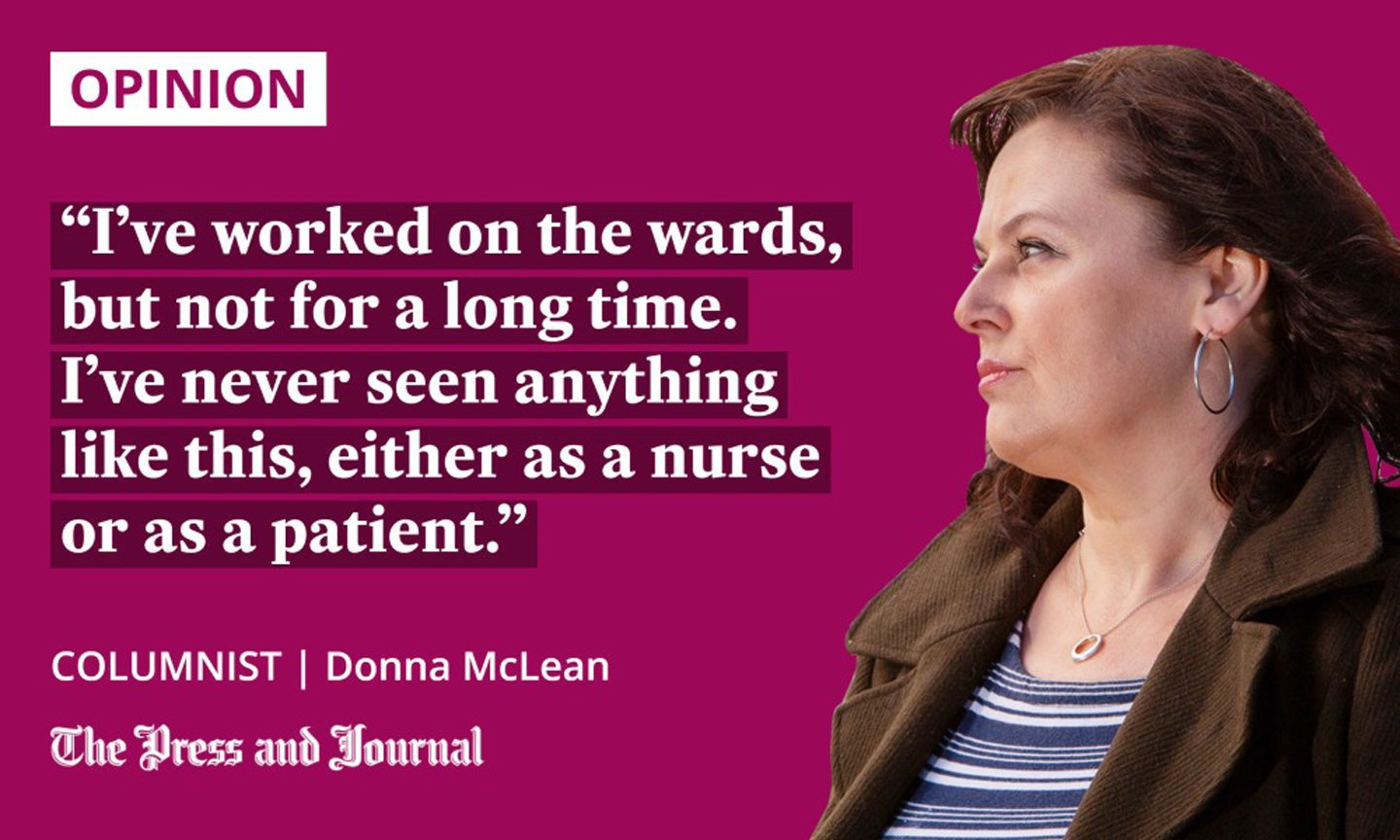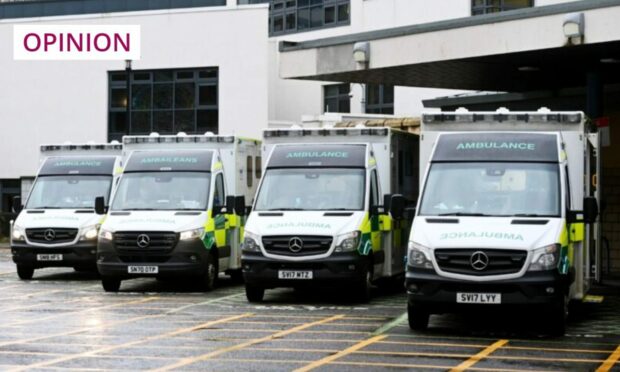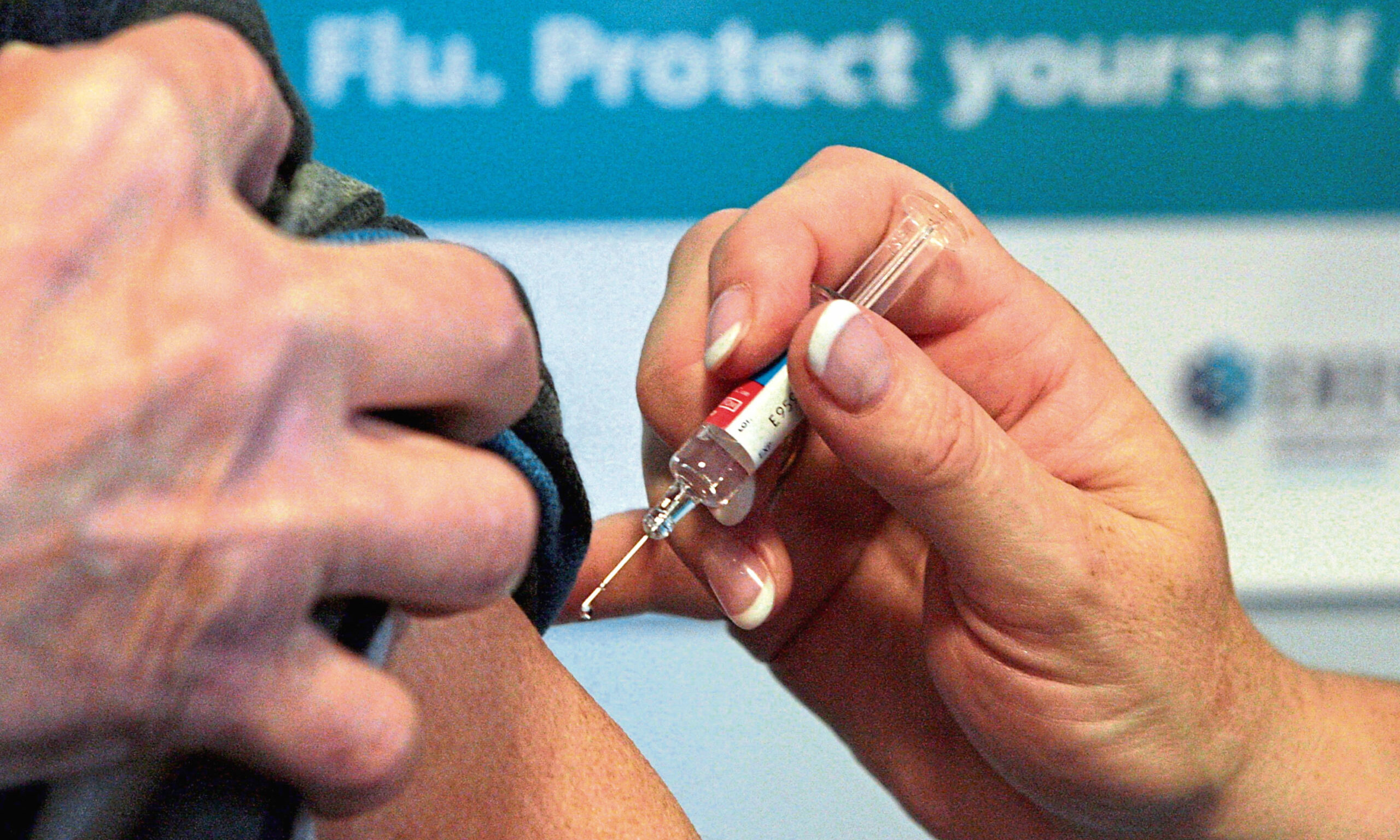The Scottish Government has announced additional funding of £600 million for NHS Scotland, to help it cope over the coming winter, which is predicted to be one of the most difficult in the history of the health service.
This includes £45 million for the Scottish Ambulance Service, and £124 million for health and social care agencies to increase home care services, to try and ease the tremendous pressure on hospitals.
This will allow for the recruitment of 1,000 extra staff. Trusts will also be given powers to boost the salaries of existing staff through “pension recycling”, where unused employer contributions are paid to staff as additional pay, primarily as an incentive not to leave the overburdened health service.
 The winter plan was announced by Humza Yousaf, just hours after a new survey of junior doctors in Scotland showed that almost half could soon leave the profession. The BMA Scotland review found that 49.8% are considering quitting their jobs within two years, with the threadbare state of the NHS leaving them feeling “demoralised, undervalued and exhausted”.
The winter plan was announced by Humza Yousaf, just hours after a new survey of junior doctors in Scotland showed that almost half could soon leave the profession. The BMA Scotland review found that 49.8% are considering quitting their jobs within two years, with the threadbare state of the NHS leaving them feeling “demoralised, undervalued and exhausted”.
The data on nurses quitting the NHS is stark. For the most recent year (to March 2022), some 7,470 nurses resigned, which constitutes a rate of 10.6%, or one in every nine nurses leaving.
Staff are doing their best
Yousaf has previously warned that the coming winter will be “extremely challenging” in Scotland, as the impact of the Covid pandemic continues to affect all health and social care services. Longer A&E waiting times have already emerged over the summer, normally the quietest time in the emergency departments.
I’ve spent two days in A&E departments over the last fortnight, in different parts of the UK. It was unequivocally grim.
Health Secretary @HumzaYousaf explains our £600m plan to support the health and social care system this winter.
It includes:
🔹Recruiting nurses, midwives and support staff
🔹Support for the Scottish Ambulance Service
🔹Expanding care at home capacity
➡️ https://t.co/TeYCdXp9dL pic.twitter.com/k71fPt1HHI— Scottish Government (@scotgov) October 4, 2022
I’ve worked on the wards, but not for a long time. I’ve never seen anything like this, either as a nurse or as a patient. The queues for emergency care, both for those arriving in ambulances and those who were ambulatory, were backed up or stretched out the door. Corridors were filled with elderly patients on uncomfortable trolleys, now makeshift wards, hospital walkways screened off.
Staff are doing their best, their absolute best, and I salute every one of them. But it’s sadly clear that they have to prioritise the most urgent treatment only. There’s no room or time or free hands for the small things that matter.
The people waiting for hours aren’t being hydrated or fed; they are brittle and upright, crying in uncomfortable chairs. No blankets for the sick kids. I’m pretty much unshockable, immune to panic, but not, it seems, to despair. The approaching winter fills me with dread.
Winter crisis point is still far off – but we’re breaking
Traditional seasonal illnesses, such as flu and norovirus, always mean more people need hospital care in the winter months and, at the same time, more NHS staff are off sick. This year, the UK Health Security Agency believes the autumn wave of coronavirus is already under way, and it is putting pressure on the NHS right now, with Covid-related hospital admissions rising.
The harsh reality is that conditions are unsafe, and patients are dying as a result
Will this additional funding be enough to mitigate against the worst of winter pressures on an already ravaged health service? Doctors working in emergency care in Scotland have issued stark warnings recently about the impact of long waits in A&E. The harsh reality is that conditions are unsafe, and patients are dying as a result.
The Scottish Government target is that 95% of patients attending A&E are seen and subsequently admitted or discharged within four hours. Statistics for the week ending September 18 showed 66.2% of patients presenting at A&E were dealt with within the four-hour target. That is up only slightly from 63.5% in the week ending September 11, which was a record low for Scotland. And we’re nowhere near the winter crisis point yet.
I’m terrified for our NHS
A major part of the problem is bed capacity. Ambulances can’t admit patients into hospitals because beds are full. Beds are taken up by patients who no longer need emergency treatment, but can’t get home because of a lack of support.
Some people will turn up at A&E for minor conditions because they can’t access primary care or don’t know where else to go.
Then there are patients who do need to stay in hospital longer, because of delays to surgery or managing their health condition throughout the pandemic. We see a vicious circle, characterised by increasing need and nowhere near enough capacity.
Simultaneously, health experts are warning about the risk of a bigger and earlier wave of flu, largely because people mixed again once Covid restrictions eased, but had little immunity to the flu virus after a break in circulation from the disease during lockdown.
My own – non-expert – fears extend to the many people whose health will suffer even more drastically this winter, due to fuel price increases and the cost-of-living crisis. People with autoimmune diseases and chronic health problems who need more heating, more hot water, more care.
I am not scaremongering when I say that, this winter, our brilliant, worn out, overstretched NHS will also be dealing with the impact of deliberate governmental cruelty, inflicted on the people in our community who are most vulnerable, our parents, our children, our neighbours, our friends. It’s terrifying.
Donna McLean is originally from Ayrshire and is a mum of twins, writer and activist


Conversation